A slug with a penis the size of it's body? These animal facts about love and mating will blow you away!
You know the Valentine’s Day drill: buy some chocolate and flowers, make reservations at a nice restaurant and exchange “I love you’s” over dessert. But how does the rest of the world—specifically the animals of the world—celebrate Valentine’s Day? Well, it’s complicated.
In the animal kingdom, love and sex are just as complex and mysterious as they are for humans. Some animals enter into long-term relationships (and short-term flings!), others engage in silly mating rituals, and a few have evolved to wield some incredibly bizarre sexual organs. Check out these 21 animal facts about love, sex, relationships, and reproduction:
1. Albatrosses are known for being flirtatious. Check out their hilarious mating dance:
2. When houseflies mate, the buzzing sound from their wings is so loud that they risk catching the attention of predators—especially bats.
3. Elephants have the longest gestation period of any land animal—up to 23 months. Oh, and babies weigh about 230 pounds at birth. Imagine carrying that around all day.

Source: Roo Howar Yoga
4. Only 5 percent of animals are considered monogamous, though not in the way we talk about the word. Scientists determine monogamy in animals by looking at sexual fidelity, social attachment and parental behavior.
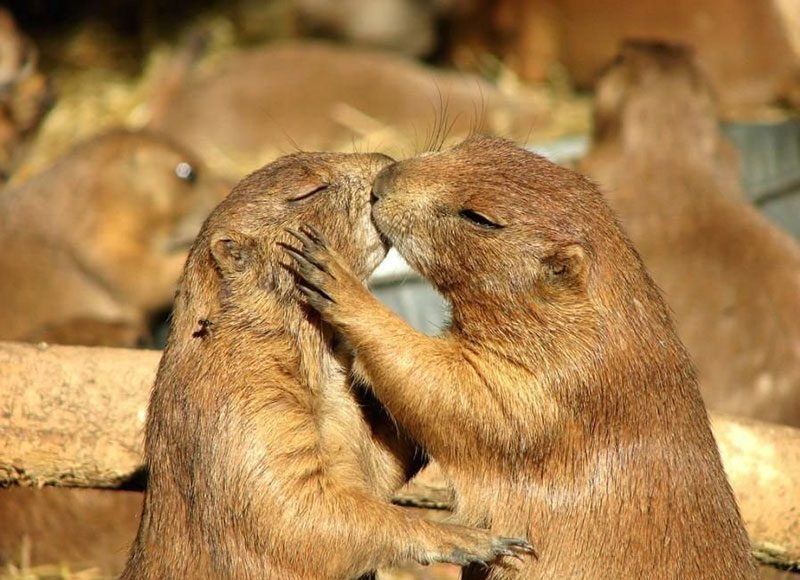
Source: Cool Animal World
5. 97 percent of bird species have lost the ability to grow a penis. Instead, they mate by rubbing together small openings called cloacae. The entire ritual is called a cloacal kiss.
6. Seahorses court each other for days before mating, often engaging in dancing rituals during this time. Once the female has deposited her eggs in the male’s pouch, she checks on the male daily.
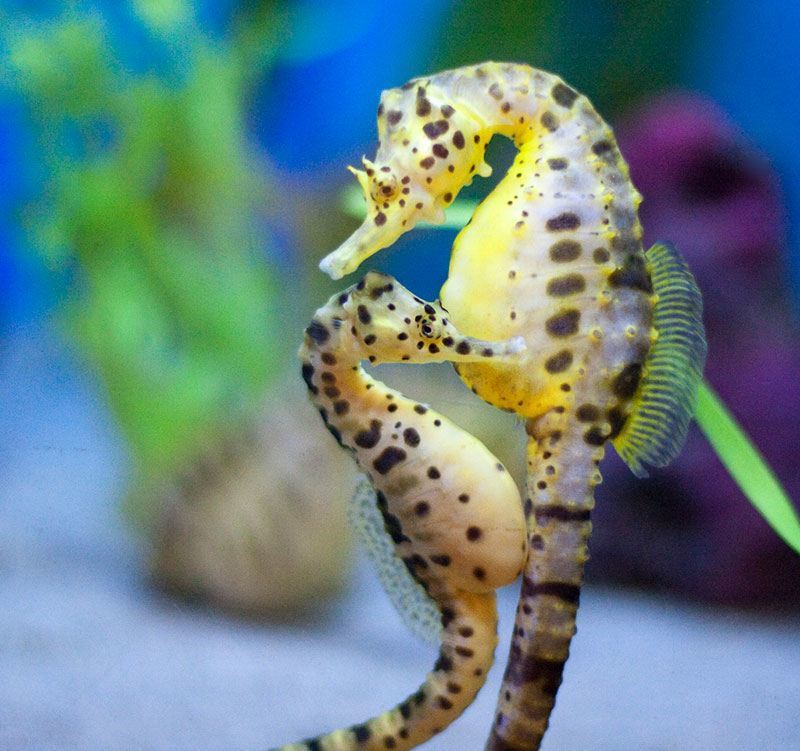
Source: Horse Nation
7. The leopard slug’s penis can extend to the entire length of its body.
8. Armadillos, bears, and badgers can actually put pregnancy on hold. Their bodies have evolved to hold the embryo in a dormant state until conditions are prime for birth.
9. French Angelfish are known for being lifelong mates. The fish often live, travel, and hunt in pairs.
10. An African desert rodent called the Shaw’s jird (Meriones shawi) can mate 224 times in just two hours.
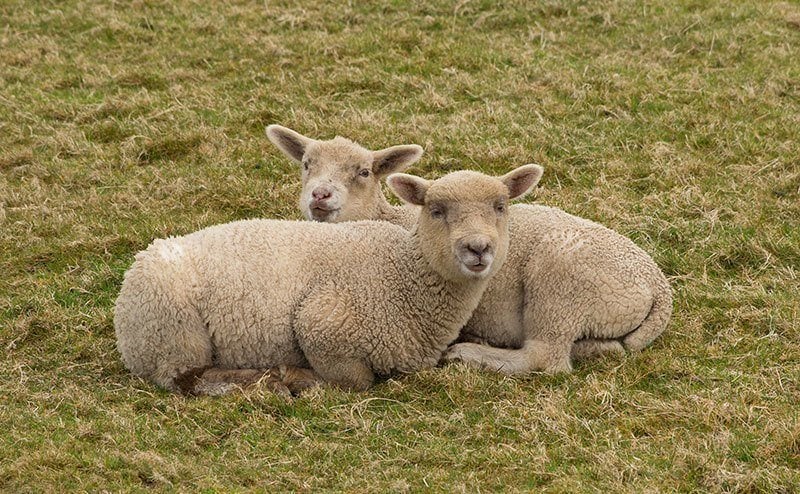
Source: Gallery Hip
11. Aside from humans, domestic sheep are the only species shown to have the ability to prefer same-sex relationships for life. On the other hand, a number of animals engage in same-sex matings.
12. For the first 30 minutes of their lives, male fruit flies are unable to determine the gender of other flies. After repeatedly attempting to mate with both sexes, the fruit fly will eventually be able to recognize the females by smell.
13. Sandhill cranes, prairie voles, black vultures, wolves and bald eagles are all known to mate for life.
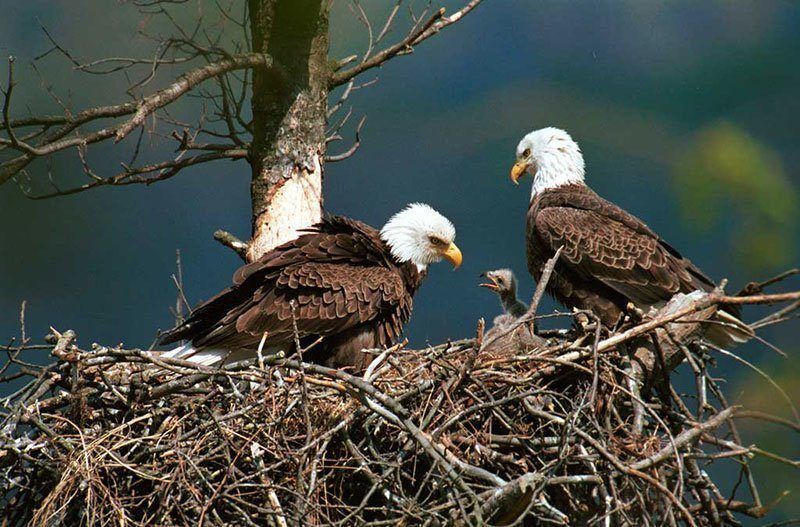
Source: Tosi
14. Insect-eating marsupials like the antechinus experience reproductive suicide, meaning they are unable to survive after the mating period. While reproductive suicide is fairly common in plants, invertebrates and some fish species, its presence is extremely rare in mammals.
15. An opossum’s pregnancy only lasts 14 days.
16. Virgin honey bee queens mate early in life and only attend one mating flight. Since they can store millions of sperm in their oviducts, once is always enough.
17. Male and female zebrafish change colors when they mate.
18. About 90 percent of all birds are socially monogamous, but that doesn’t keep them from getting around. While monogamous birds live and raise offspring with their partners, they often have sex with various others.

Source: imgarcade
19. Bonobos (a species of great ape) engage in a number of sexual behaviors that were once only reserved for humans. These include face-to-face genital sex, oral sex, and tongue kissing.
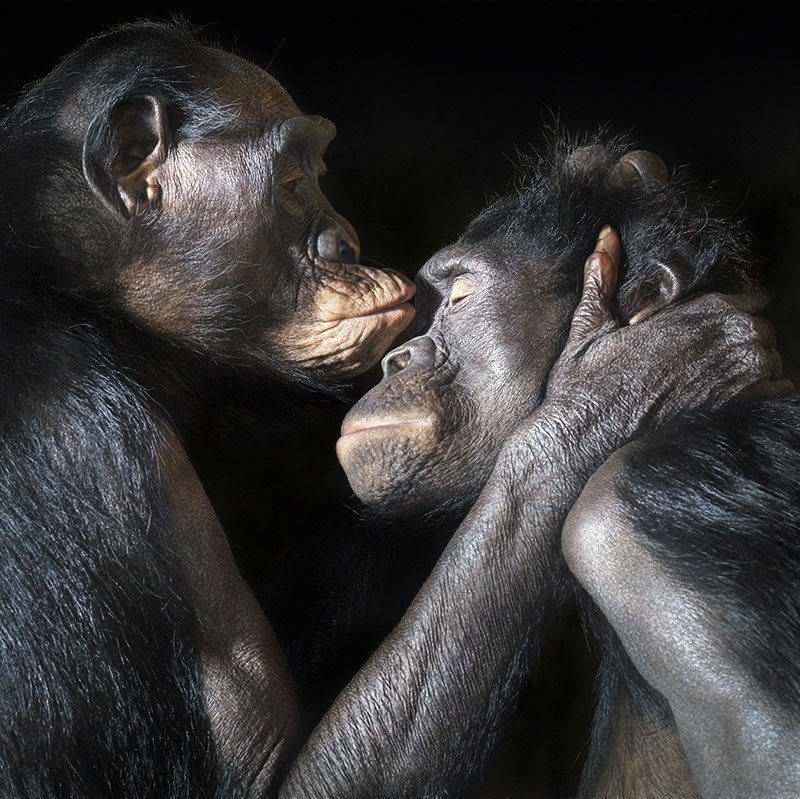
Source: Intelligent Life
20. Male octopi die a few months after they mate. Similarly, a female octopus will die soon after her eggs hatch.
21. Shingleback skinks (Tiliqua rugosa) pair up at the end of the spring, and spend a couple months together before mating. Though they live separately for the rest of the year (females are left to raise the offspring), these skinks usually choose the same mate year after year.
Enjoy these fascinating animal facts? Then be sure to check out our other posts on fun facts and space facts that will blow your mind!





